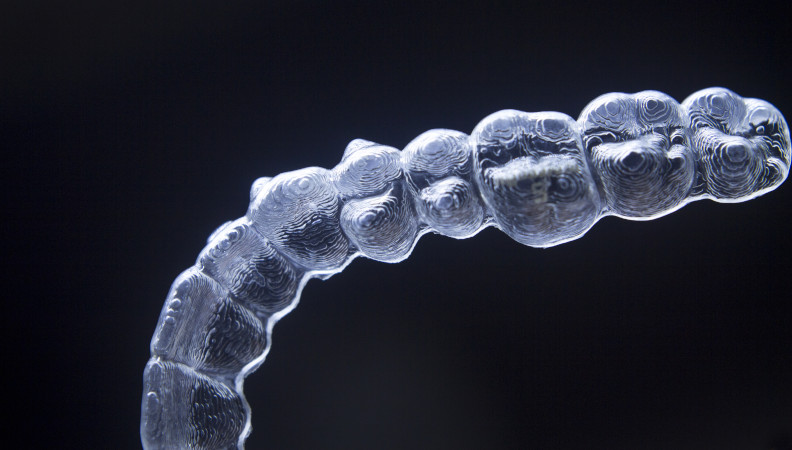What is Invisalign?
Invisalign is an innovative orthodontic treatment that uses a series of clear, removable aligners to straighten teeth without the metal wires and brackets associated with traditional braces. Each aligner is custom-made using 3D computer imaging technology to fit snugly over your teeth and is replaced every two weeks with the next set in the series. This process gradually moves your teeth into the desired position, as prescribed by an orthodontist or dentist.

Benefits of Invisalign
Invisalign offers several benefits that make it a popular choice for orthodontic treatment among adults and teens alike. Here are some of the key advantages:
Aesthetics

The clear aligners are virtually invisible, making Invisalign an attractive option for those who are self-conscious about wearing traditional metal braces. This allows patients to straighten their teeth discreetly.
Comfort and Peace of Mind
Invisalign aligners are made from a smooth, flexible plastic material that is custom-fitted to the teeth, reducing irritation to the gums and mouth often associated with the brackets and wires of traditional braces. Additionally, with Invisalign, there are no true emergencies like broken brackets or wires, offering peace of mind throughout your treatment.
Convenience
The aligners are removable, allowing for easier eating, brushing, and flossing. This helps maintain better oral hygiene during treatment, as there are no brackets or wires to clean around.
Customized Treatment
Each Invisalign treatment plan is customized to the individual patient, using advanced 3D computer imaging technology to map out the complete treatment path from start to finish. This allows patients and their orthodontists to see the expected outcome before treatment even begins.
Fewer Office Visits
Invisalign often requires fewer check-ups and adjustments than traditional braces, as several sets of aligners are provided in advance, and each move teeth progressively. This can be particularly beneficial for patients with busy schedules.
Predictable Results
Invisalign technology allows for precise control over tooth movement, leading to predictable outcomes. The treatment planning process involves a clear roadmap to achieving the desired smile.
Versatility
Invisalign can treat a wide range of orthodontic issues, including crowding, spacing, crossbite, overbite, and underbite, making it a versatile option for many patients.
Food Freedom
Since the aligners can be removed, there are no dietary restrictions during treatment. Patients can eat and drink whatever they like without worrying about damaging their orthodontic appliance.
Improved Dental Health
Straight teeth are easier to clean than crooked teeth, reducing the risk of periodontal disease and tooth decay. Invisalign improves oral health by aligning the teeth and making daily oral hygiene easier.
Boosted Self-Confidence
Achieving a straighter, more beautiful smile can significantly boost self-esteem and confidence, impacting social, professional, and personal aspects of life positively.

Understanding Invisalign: What You Need to Know
Commitment and Conditions for Effective Treatment
Invisalign is a popular orthodontic solution known for its discretion and flexibility. However, its success largely depends on patient compliance, necessitating 20-22 hours of wear daily. While suitable for many, Invisalign might not address complex cases like severe malocclusions. Costs vary based on treatment complexity and duration, and it's important to check coverage with your insurance provider. As a courtesy, we file insurance claims on your behalf, helping you navigate the financial aspects of your treatment.
What to Expect During Treatment
Some minor discomfort with new aligners is normal, similar to traditional braces, but usually eases within a few days. Maintaining aligner cleanliness is essential to oral health. Some treatments may require additional attachments or orthodontic appliances for optimal results. Regular check-ups are critical for adjusting the treatment plan and monitoring progress.
Lifestyle Considerations and Treatment Duration
Treatment with Invisalign involves lifestyle adjustments, particularly in daily wear and aligner maintenance. The duration usually ranges from 6 to 24 months, comparable to traditional braces, but varies based on individual needs. In some cases, minor corrections can be accomplished in as little as 2 to 3 months. Post-treatment, wearing a retainer is necessary to maintain your new smile and prevent relapse.
Making an Informed Decision
Choosing Invisalign involves considering various factors, such as your lifestyle, orthodontic needs, and commitment to the treatment plan. While it's essential to weigh these aspects, there's no substitute for personalized guidance. Dr. Lewis is here to help you determine if Invisalign is the right path to your perfect smile. Book a consultation today to get expert advice tailored to your unique situation!
Frequently Asked Questions About Invisalign
Invisalign is a modern orthodontic treatment designed to straighten teeth through a series of clear, plastic aligners that are virtually invisible. Unlike traditional braces that use wires and brackets, Invisalign aligners are custom-made for each patient using advanced 3D computer imaging technology. This technology allows orthodontists to map out a precise treatment plan, from the initial position of your teeth to the final desired position.
Here’s how the process works:
- Consultation: The first step involves a consultation with Dr. Glenn Lewis, your Invisalign-trained orthodontist. During this visit, Dr. Lewis will assess your smile and discuss whether Invisalign is the right treatment option for you.
- Custom Treatment Plan: If you're a good candidate for Invisalign, Dr. Lewis will take digital impressions of your teeth using a state-of-the-art digital intraoral scanner. These impressions are used to create a precise 3D model of your teeth, on which your custom treatment plan is developed. The plan outlines the series of movements your teeth will go through and estimates the length of treatment.
- Receiving Your Aligners: Based on the treatment plan, a series of custom aligners are produced specifically for you. Each aligner is worn for a week before moving on to the next in the series, gradually shifting your teeth into the desired position.
- Regular Check-ups: Throughout the treatment, you'll have occasional check-ups with Dr. Lewis to monitor your progress and receive new aligners. However, visits are generally less frequent than with traditional braces.
- Completion: Once you've gone through all your aligners, your teeth should be in their final, corrected positions. In some cases, additional aligners may be needed to achieve or refine the final outcome.
Invisalign aligners need to be worn 20-22 hours a day for the best results but can be removed for eating, brushing, and flossing. This flexibility, combined with the discreet appearance of the aligners, makes Invisalign a popular choice for adults and teens looking for an alternative to traditional braces.
The duration of Invisalign treatment varies significantly depending on the individual's orthodontic needs and how closely the treatment plan is followed. On average, Invisalign treatment typically ranges from 12 to 18 months. However, this timeframe can be shorter for cases with minor alignment issues or longer for more complex orthodontic needs.
Several factors influence the length of treatment, including:
- The Complexity of the Case: More significant bite issues, crowding, or spacing problems generally require more time to correct.
- Patient Compliance: Invisalign aligners must be worn for about 20-22 hours per day. Failing to wear the aligners as recommended can extend the treatment time.
- Age: Younger patients with jaws that are still growing may experience slightly quicker adjustments.
During the initial consultation, your orthodontist will use 3D imaging to assess your teeth and provide a more accurate estimate of how long your specific treatment will take. It's important to follow your orthodontist's instructions closely and attend all scheduled check-ups to ensure your treatment stays on track.
Remember, each patient's journey to a perfect smile is unique, and the best way to achieve efficient and effective results with Invisalign is through diligent wear of the aligners and regular communication with your orthodontic care provider.
Invisalign has proven to be an effective orthodontic treatment for a wide range of teeth straightening issues, from simple to more complex cases. The effectiveness of Invisalign, much like traditional braces, depends on the specific condition being treated, the treatment plan, and patient compliance.
Comparative Effectiveness:
- Mild to Moderate Cases: Invisalign is highly effective for correcting mild to moderate dental misalignments, such as overcrowding, gaps, and certain bite issues (overbite, underbite, crossbite, and open bite). Its technology allows for precise control over tooth movement, making it a suitable option for many patients seeking orthodontic treatment.
- Complex Cases: Traditional braces might be recommended for more complex orthodontic issues that require significant tooth movement or rotation. The fixed nature of braces allows orthodontists to have more control over tooth movement in such cases. However, advancements in Invisalign technology, including the use of attachments and features like SmartForce and SmartTrack materials, have expanded its capabilities to treat more complex cases than before.
- Patient Compliance: A key factor in the effectiveness of Invisalign is the patient's commitment to wearing the aligners for the recommended 20-22 hours per day. Unlike traditional braces, which are fixed, Invisalign aligners can be removed, placing the onus on the patient to ensure they are worn as directed.
- Treatment Planning: Both Invisalign and traditional braces require careful planning by an experienced orthodontist. Invisalign treatment involves creating a digital 3D model of the patient's teeth, which is used to plan the movements of the teeth throughout the treatment. This allows patients and orthodontists to see the potential outcome before starting treatment.
- Aesthetics and Comfort: Invisalign offers the added benefits of aesthetics and comfort. The clear aligners are virtually invisible, and the smooth plastic is less likely to irritate the gums and cheeks. These features make Invisalign an attractive option for many patients, especially adults and teens who are concerned about the visibility of traditional braces.
In summary, Invisalign can be as effective as traditional braces for many orthodontic issues, with the added benefits of being nearly invisible and removable. The best way to determine the most effective treatment option for your specific needs is to consult with Dr. Glenn Lewis, your orthodontist, who can assess your situation and recommend the best course of action.
One of the significant advantages of Invisalign over traditional braces is the ability to remove the aligners, which allows you to eat and drink without any restrictions. However, it's important to remove your Invisalign aligners before consuming anything other than water. Here's why and how to manage eating and drinking during Invisalign treatment:
Why Remove Invisalign Aligners Before Eating or Drinking:
- Preventing Damage: Eating with the aligners in can damage or crack them, affecting the treatment process.
- Avoiding Stains: Beverages, especially those that are hot, colored, or sugary, can stain the clear aligners, making them more noticeable.
- Maintaining Oral Hygiene: Removing aligners before meals prevents food particles from getting trapped between the aligners and your teeth, reducing the risk of cavities and gum disease.
Best Practices for Eating and Drinking with Invisalign:
- Always Remove Aligners: Always take out your aligners before eating or drinking anything other than water. This helps maintain the integrity and cleanliness of the aligners.
- Rinse After Meals:Rinse your mouth with water after meals or snacks to remove food particles and minimize the risk of trapping food under your aligners.
- Clean Your Aligners: Before putting your aligners back in, ensure they are clean. Rinse them under lukewarm water and use the recommended cleaning method by your orthodontist.
- Store Aligners Properly: When you remove your aligners to eat or drink, store them in their protective case to avoid losing or damaging them.
- Stay Hydrated with Water: Drinking plenty of water with your aligners in is encouraged to keep your mouth hydrated and healthy.
Remember, consistent wear of your Invisalign aligners for the recommended 20-22 hours per day is crucial for the success of your treatment. This means promptly putting your aligners back in after each meal or snack to ensure you're adhering to your treatment plan.
By following these guidelines, you can enjoy your meals and maintain your Invisalign treatment's effectiveness without compromising on oral hygiene or the condition of your aligners.
